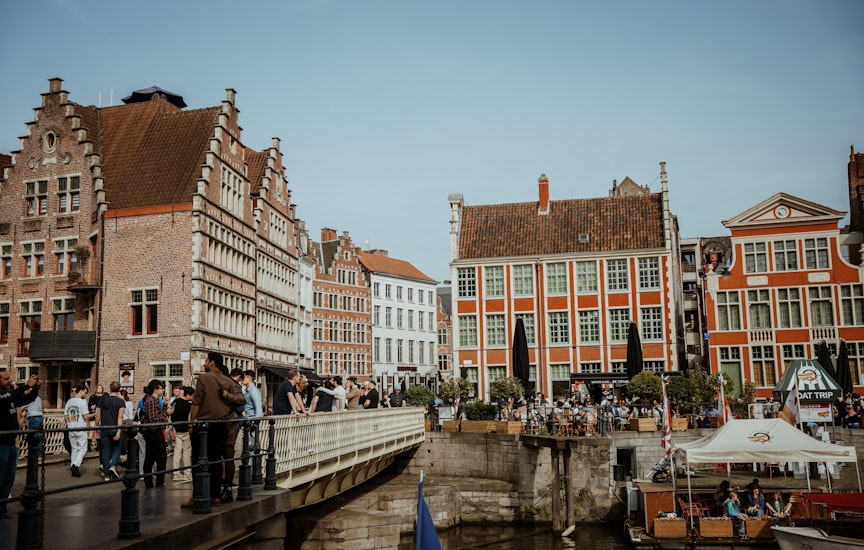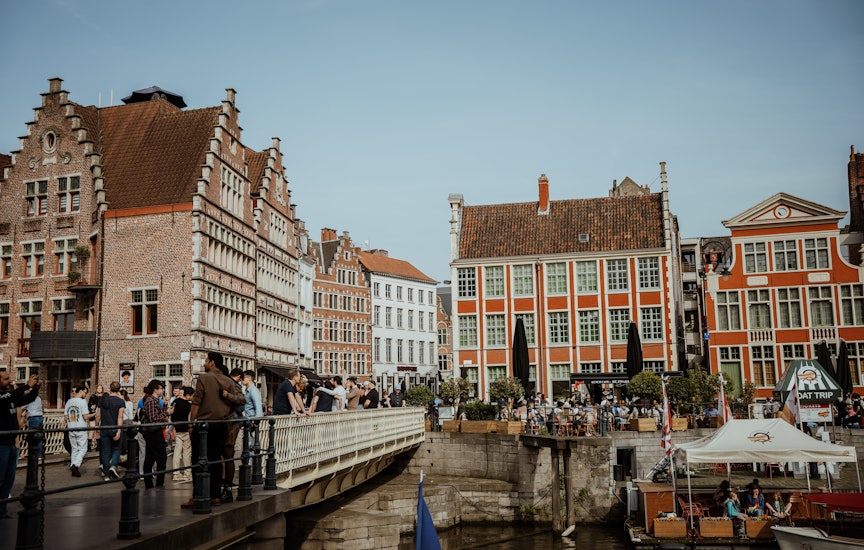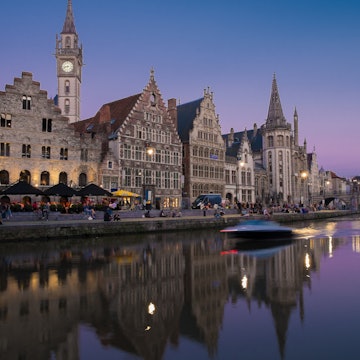
Overview
The provinces of East Flanders (Oost-Vlaanderen) and West Flanders (West-Vlaanderen) make up Northwest Belgium, though comprise only around half of the total Flemish region that covers the whole of northern Belgium.
Leave the planning to a local expert
Experience the real Northwest Belgium. Let a local expert handle the planning for you.
Must-see attractions
Get a book. Get inspired. Get exploring.
in partnership with getyourguide
















